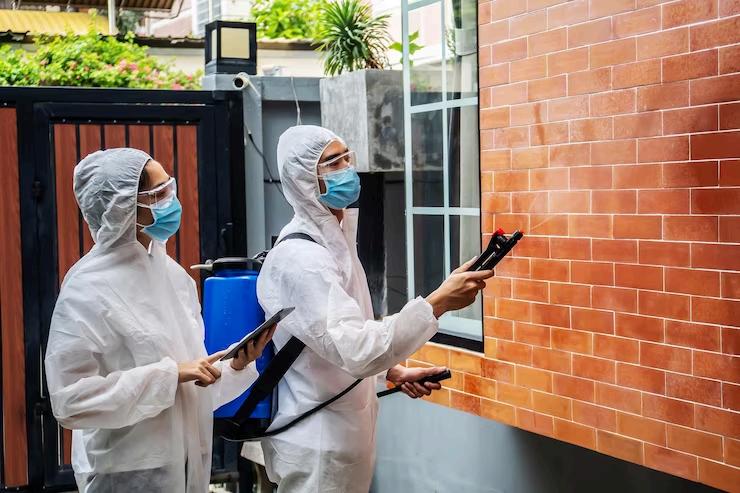How to Remove Insulation from Your
Attic: A Step-by-Step Guide
Removing insulation from your attic may seem like a daunting task, but with the right tools and knowledge, it can be done efficiently and safely Whether you’re dealing with old, damaged insulation or planning to upgrade to more energy-efficient materials, following these steps will help you get the job done.

Why Remove Attic Insulation?
There are several reasons why you might need to remove insulation from attic:
● Damage or Contamination: Insulation can become damaged by water, pests, or mold, making it ineffective and potentially harmful.
● Upgrading: Newer insulation materials can offer better energy efficiency, reducing heating and cooling costs.
● Renovation Projects: Major home renovations may require removing insulation to access wiring, plumbing, or structural elements.
Preparation and Safety Measures
Before starting the removal process, it’s important to prepare and take necessary safety precautions:
1 Protective Gear: Wear a long-sleeve shirt, pants, gloves, safety goggles, and a mask or respirator to protect against dust and fibers.
2 Ventilation: Ensure the attic is well-ventilated Use fans to help circulate air if necessary
3 Lighting: Adequate lighting is crucial for safely navigating and working in the attic
Tools and Materials Needed
● Utility knife
● Trash bags or heavy-duty contractor bags
● Vacuum with a HEPA filter
● Insulation removal vacuum (for larger projects)
● Plastic sheeting or tarps
● Duct tape
Step-by-Step Removal Process
1. Inspect the Attic:
● Check for signs of damage, pests, or mold Address any pest infestations or moisture issues before proceeding.
● Identify and mark any electrical wiring or fixtures to avoid accidental damage
2. Containment:
● Lay down plastic sheeting or tarps to protect flooring and other areas from debris
● Seal off the attic from the rest of the house using plastic sheeting and duct tape to prevent insulation fibers from spreading.
3. Remove Loose-Fill Insulation:
● Use a vacuum with a HEPA filter to suck up loose-fill insulation For large quantities, renting an insulation removal vacuum is recommended.
● Start at one end of the attic and work your way across, ensuring you collect all the insulation
4. Remove Batt or Roll Insulation:
● For batt or roll insulation, carefully cut it into manageable sections using a utility knife.
● Place each section into heavy-duty trash bags Seal the bags tightly to contain dust and fibers.
5. Clean the Attic:
● After removing the insulation, use the vacuum to clean up any remaining dust and debris.
● Inspect the attic for any leftover insulation pieces or contaminants and remove them.
6. Disposal:
● Check local regulations for disposing of insulation materials Some areas have specific disposal requirements for hazardous materials like asbestos.
● Take the sealed bags to a designated disposal site or arrange for a professional removal service
Post-Removal Considerations
● Inspect for Damage: Once the insulation is removed, inspect the attic for any structural damage, mold, or moisture issues that need addressing
● Plan for Replacement: Choose new insulation material that suits your needs and budget Common options include fiberglass, cellulose, and spray foam
● Professional Help: If the task seems overwhelming or if you encounter hazardous materials, consider hiring a professional insulation contractor.
Conclusion
Removing insulation from your attic can improve your home's energy efficiency, air quality, and overall comfort. By following these steps and taking appropriate safety measures, you can effectively and safely complete the project. Whether you're upgrading to better insulation or addressing damage, a well-insulated attic will contribute to a healthier and more efficient home.
